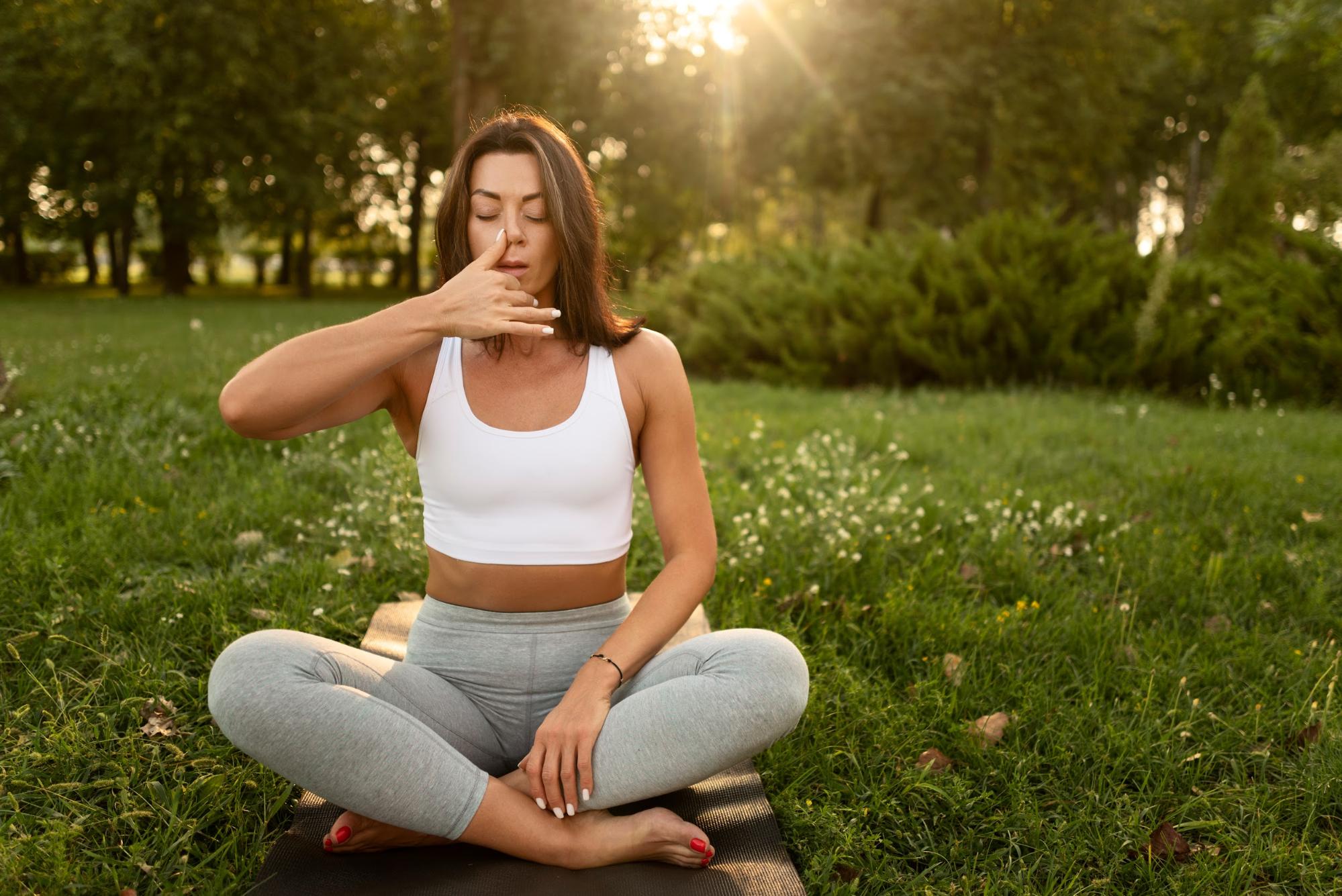
Enhancing respiratory health: Effective breathing exercises and techniques
In today's frenetic world, amid the hustle and bustle of daily life, the significance of proper breathing often gets overshadowed. However, the way we breathe holds immense importance, as it directly influences our overall health, especially the well-being of our respiratory system.
In this blog, we delve into the crucial role of effective breathing exercises in not only improving lung function but also in enhancing our overall state of health and wellness. Exploring these breathing exercises for lungs can lead to a deeper understanding of how simple yet powerful changes in our breathing habits can positively impact our lives.
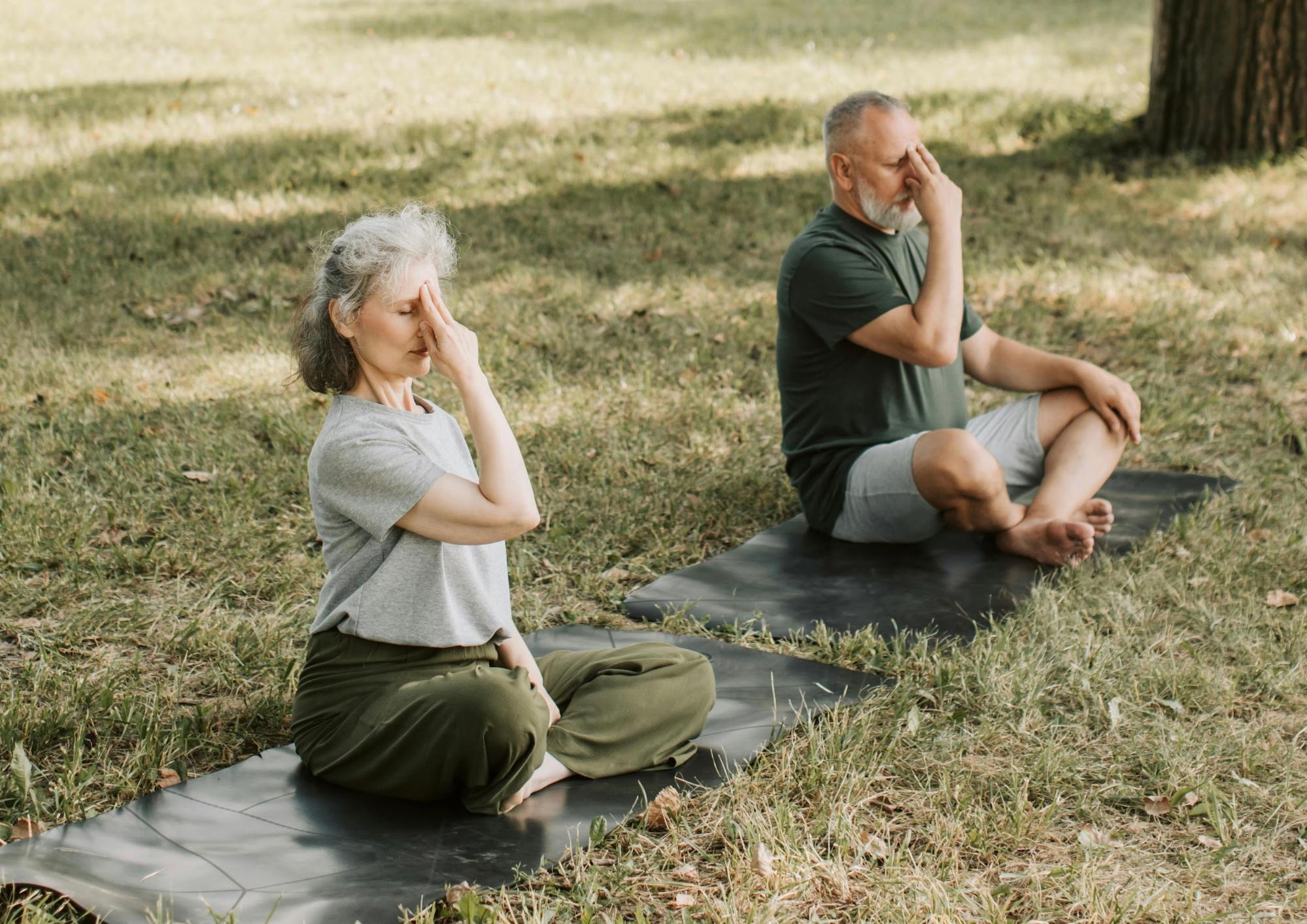
Understanding the importance of proper breathing
Proper breathing exercise is vital for overall health, impacting oxygen supply and stress levels. It plays a crucial role in maintaining physiological balance and promoting relaxation. Here's how different breathing exercises contribute to well-being:
1. Maximising oxygen intake: Diaphragmatic breathing promotes relaxation and optimises oxygen intake.
2. Managing stress and anxiety: Shallow, rapid breathing is linked to increased stress and anxiety levels.

3. Inducing calmness: Slow, deep breathing activates the parasympathetic nervous system, promoting calmness.
4. Keeping airways open: Pursed lip breathing reduces the work of breathing by keeping airways open longer.
5. Promoting relaxation: Box breathing exercises reduce stress and enhance focus and concentration.
6. Balancing energy flow: Alternate nostril breathing enhances mental clarity by balancing energy flow in the body.
7. Regulating breathing patterns: Consistent practice of breathing exercises improves overall well-being by regulating breathing patterns.
Breathing exercises for improved lung function
Effective breathing exercises are paramount for enhancing lung function and overall respiratory health. Here, we explore a variety of breathing exercises for lung capacity, strengthening respiratory muscles, and optimising oxygen intake.
1. Pursed lip breathing:
This exercise involves inhaling slowly through the nose and exhaling through pursed lips, as if blowing out a candle. Pursed lip breathing helps keep airways open longer, reducing the work of breathing and improving oxygen exchange in the lungs.
2. Diaphragmatic breathing (belly breathing):
Diaphragmatic breathing focuses on engaging the diaphragm muscle to draw air deep into the lungs. This breathing exercise strengthens the diaphragm, increases lung capacity, and enhances overall respiratory efficiency.
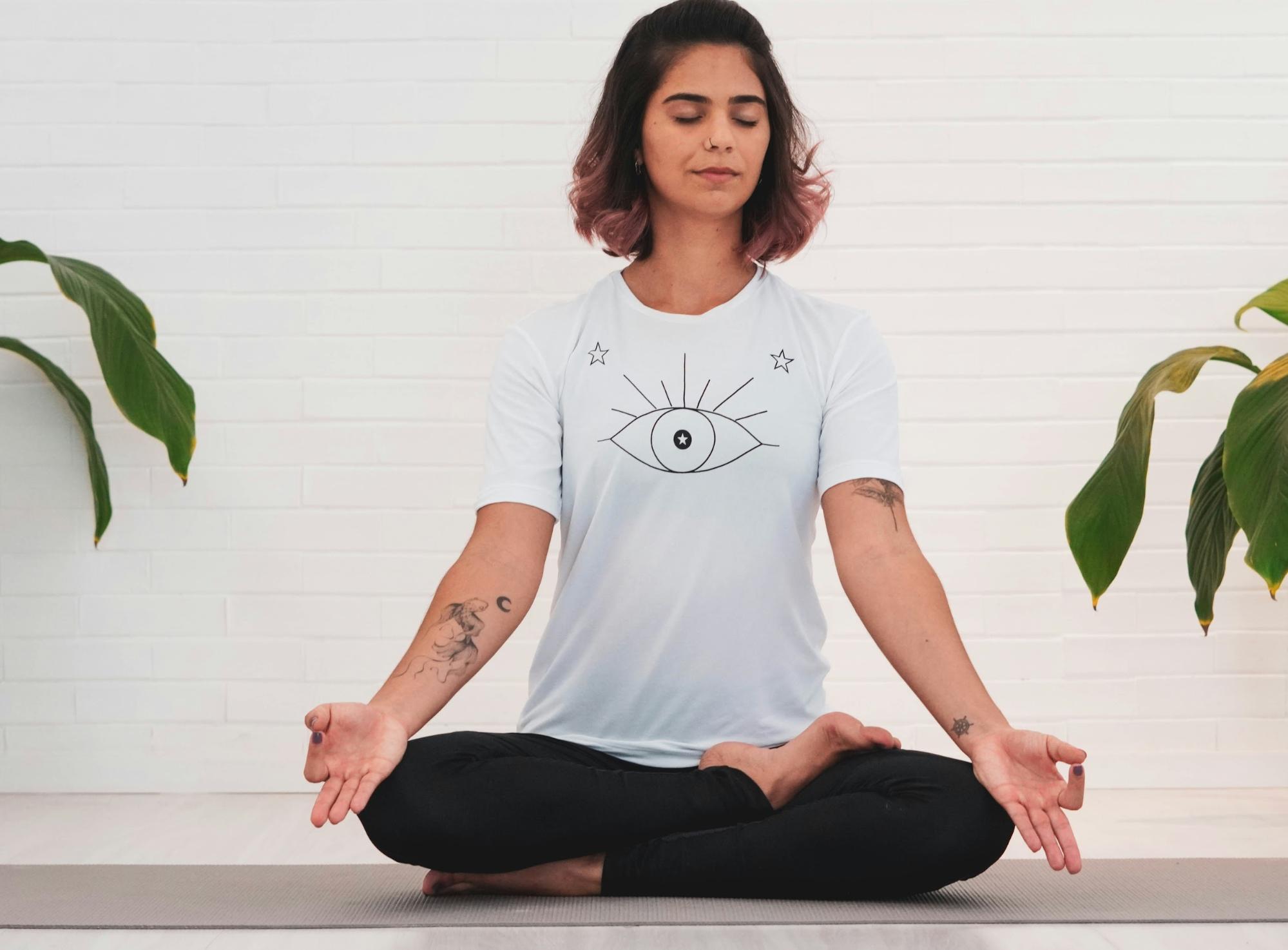
3. Deep breathing exercises:
Deep breathing involves inhaling slowly and deeply through the nose, allowing the abdomen to expand fully, and exhaling slowly through the mouth. This exercise promotes relaxation, reduces stress, and improves oxygenation of tissues.
4. Intermittent hypoxic training (IHT):
IHT involves breathing air with reduced oxygen levels intermittently to stimulate adaptations in the respiratory system. This technique can improve lung function, increase oxygen uptake, and enhance exercise performance.
5. Lung volume recruitment techniques:
These techniques, such as incentive spirometry and deep breathing exercises with a spirometer, help expand lung volume and improve the effectiveness of breathing. They are particularly beneficial for individuals recovering from surgery or respiratory conditions.
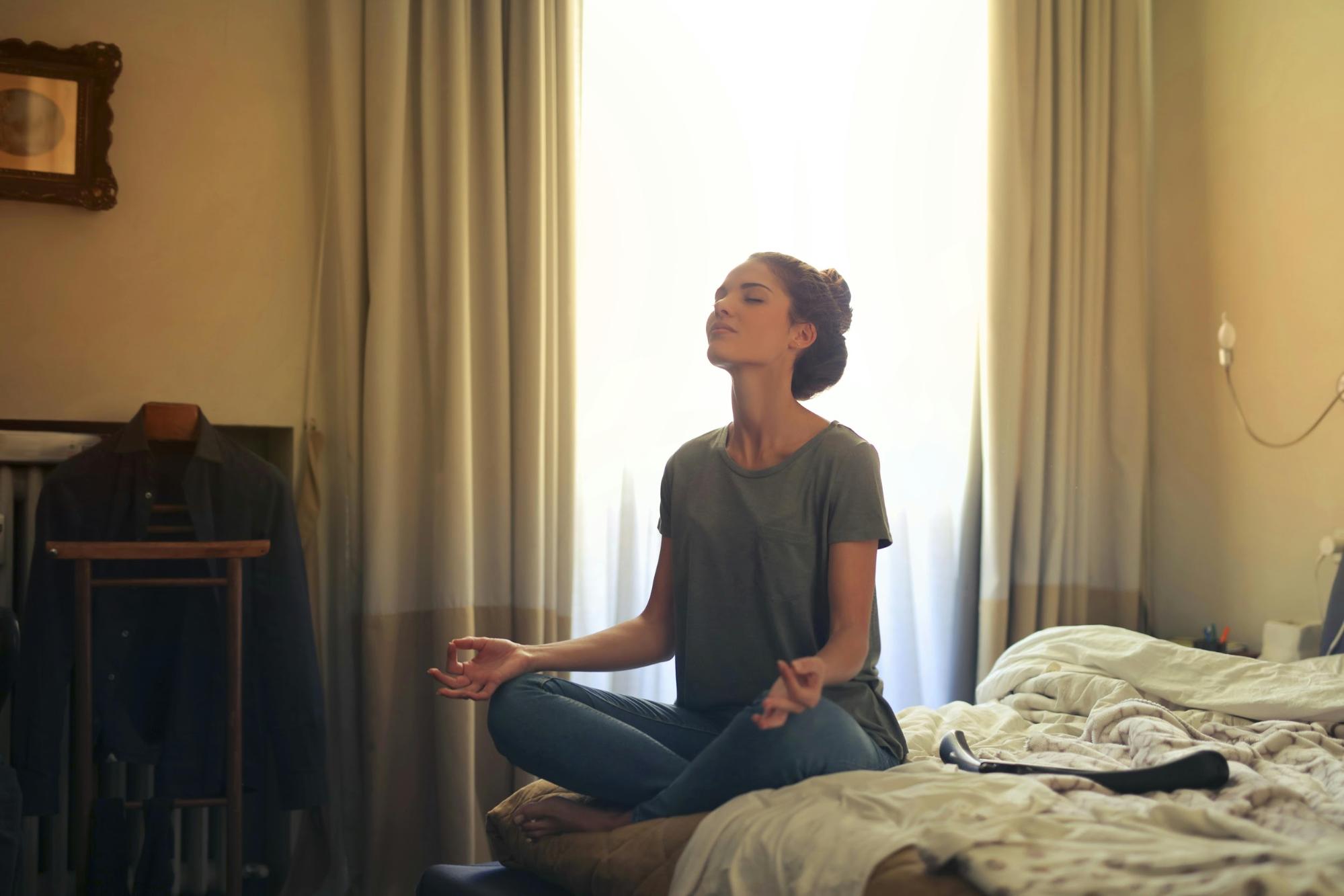
Incorporating these breathing exercises into your daily routine can significantly enhance lung function, strengthen respiratory muscles, and improve overall respiratory health. Consistent practice and guidance from a healthcare professional can maximise the benefits of these exercises and contribute to long-term respiratory well-being.
Conclusion
Prioritising proper breathing exercises is essential for maintaining optimal respiratory health and overall well-being. By incorporating techniques such as pursed lip breathing, diaphragmatic breathing, and deep breathing exercises into our daily routines, we can enhance lung function, strengthen respiratory muscles, and improve oxygenation of tissues.
Ultimately, by paying attention to our breath and practising mindful breathing exercises, we can foster a greater sense of calm, reduce stress levels, and promote overall health and vitality. Let's breathe consciously, breathe deeply, and breathe for better health.
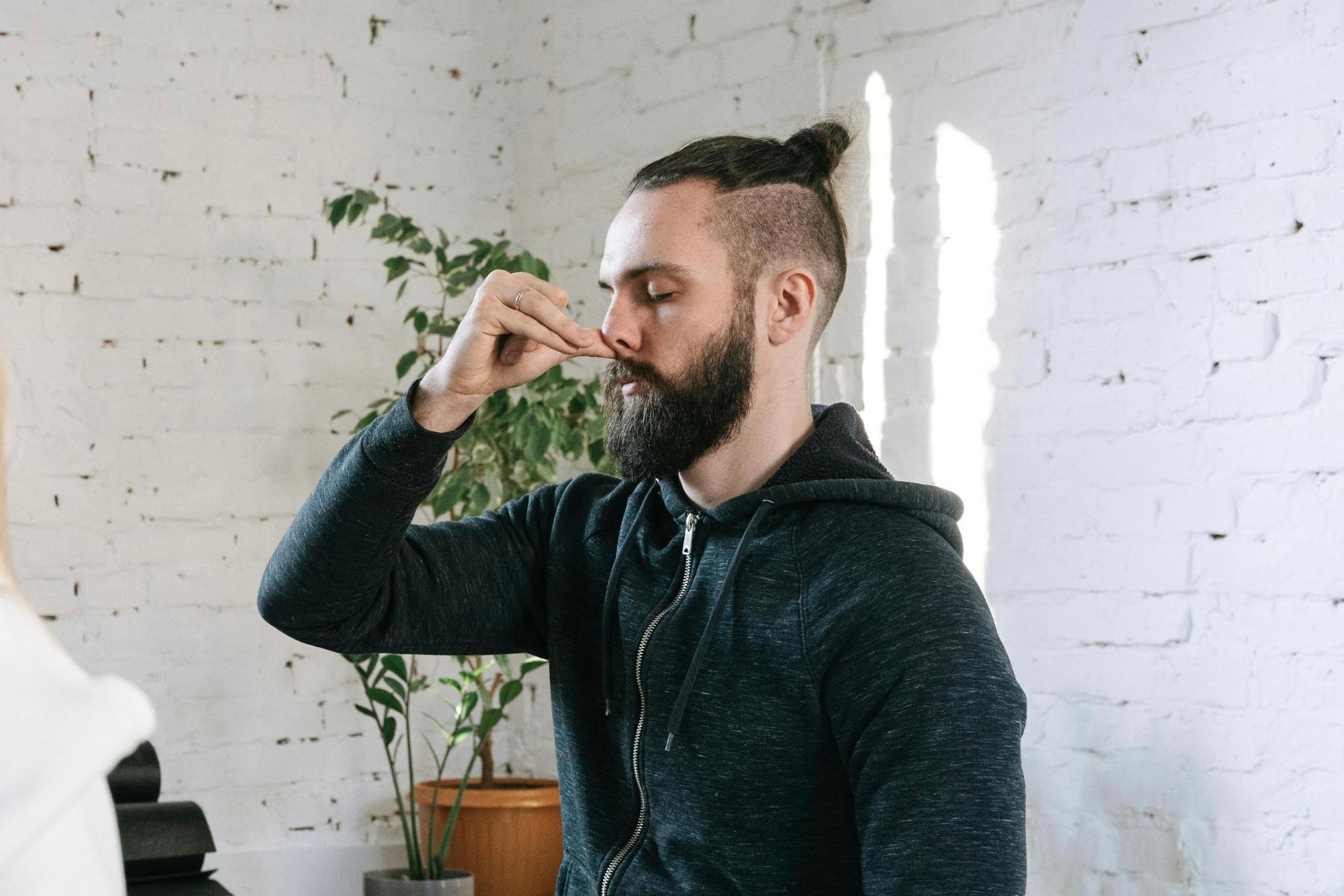
Frequently Asked Questions
What are the benefits of practising breathing exercises for lung health?
Practising breathing exercises improves lung capacity, strengthens respiratory muscles, and enhances oxygen supply to cells, promoting overall respiratory health.
How can I improve my breathing patterns for better overall health?
You can improve your breathing patterns by practising techniques like diaphragmatic breathing, pursed lip breathing, and deep breathing exercises regularly. Maintaining good posture, staying physically active, and avoiding smoking and air pollutants also contribute to better breathing.
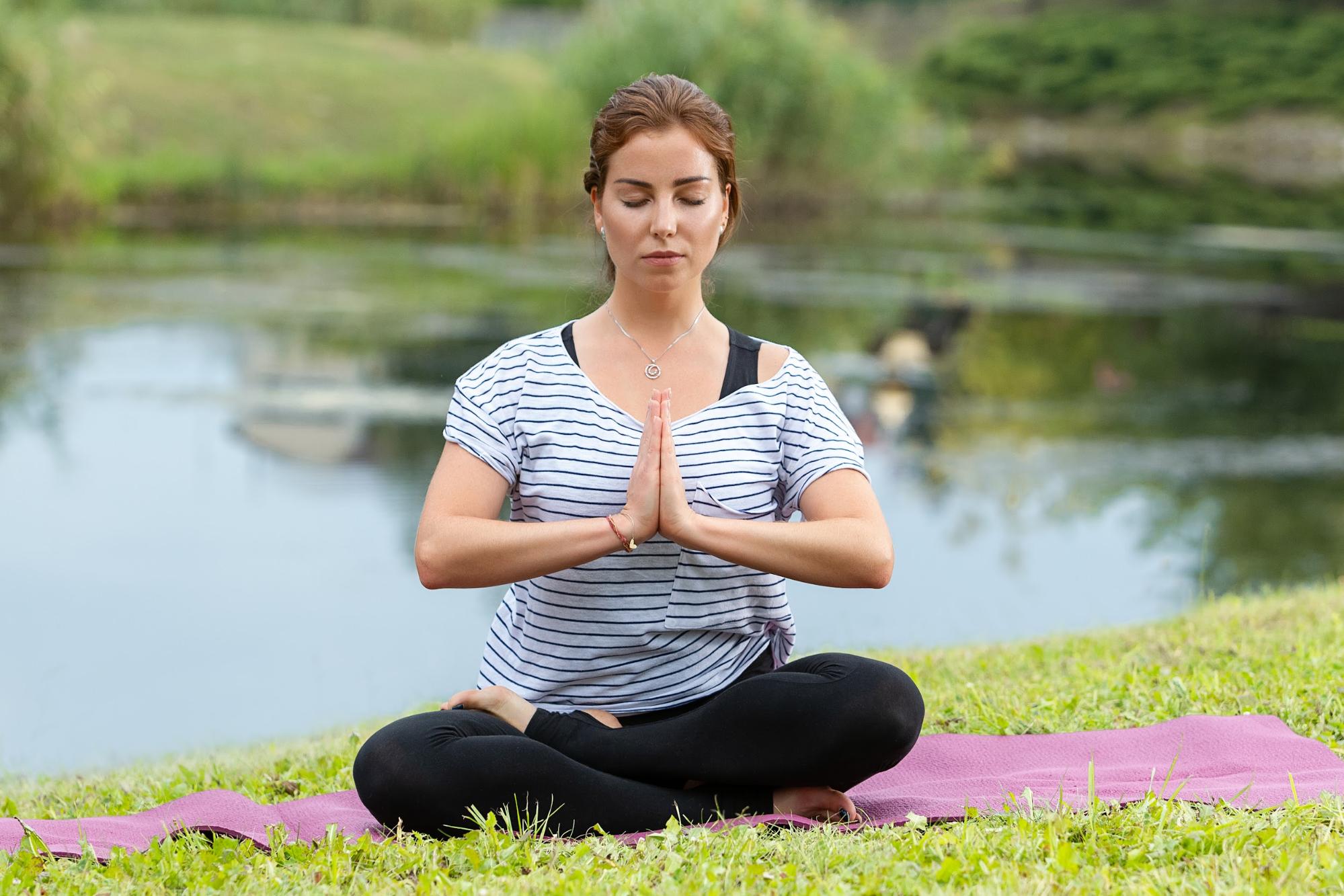
How often should I practise breathing exercises for optimal results?
Aim to practise breathing exercises for at least 10-15 minutes daily for optimal results. However, even short sessions throughout the day can be beneficial.
What lifestyle changes can I make to enhance my breathing and lung capacity?
To enhance breathing and lung capacity, maintain a healthy weight, exercise regularly, manage stress levels, and ensure good indoor air quality by avoiding exposure to pollutants and allergens.
How long does it take to see noticeable improvements in breathing and lung function with regular practice?
With regular practice, you may begin to notice improvements in breathing and lung function within a few weeks to a few months, depending on individual factors such as baseline health and consistency of practice.
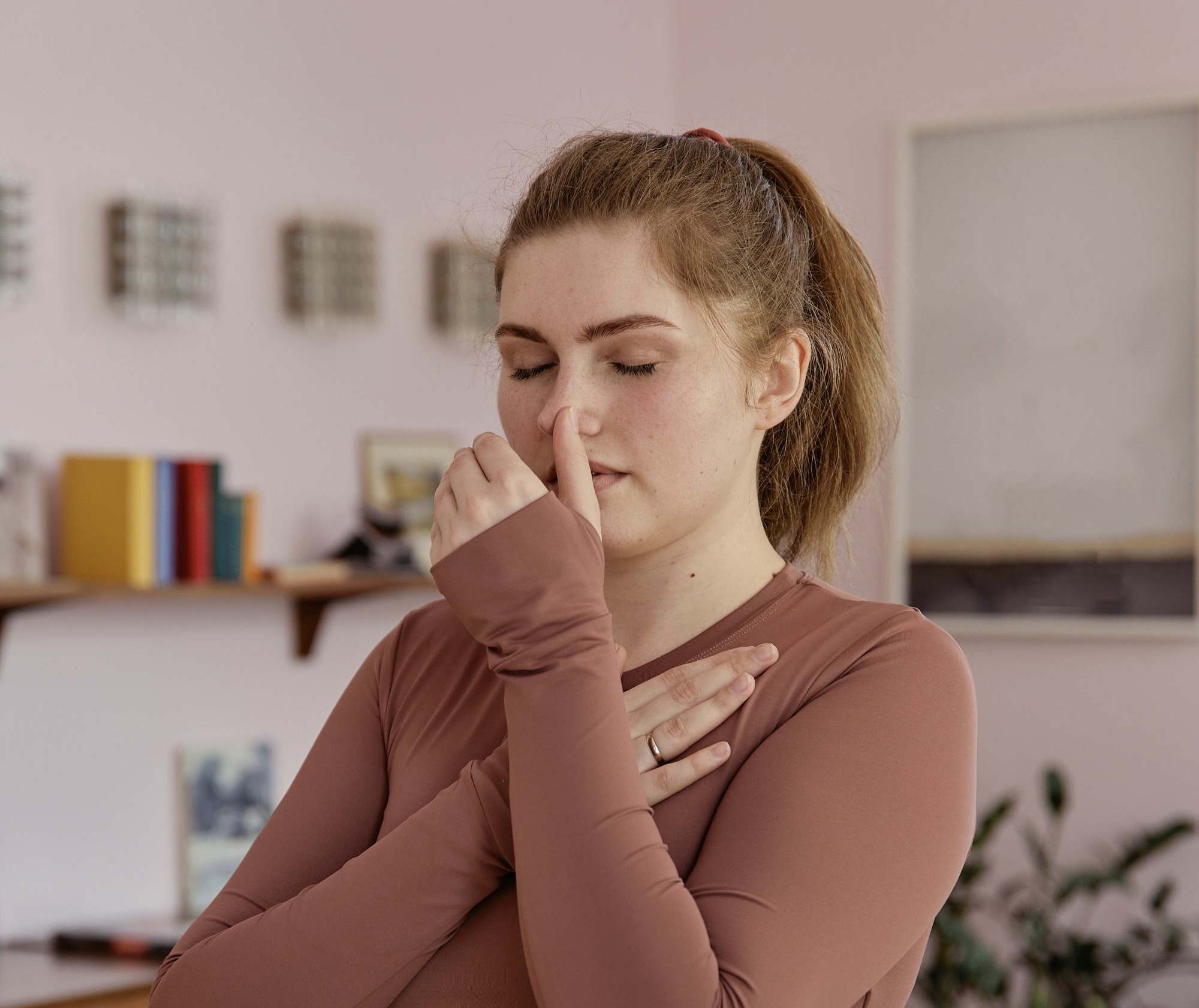
Can specific breathing techniques help improve my overall breathing pattern?
Yes, specific breathing techniques like diaphragmatic breathing, pursed lip breathing, and deep breathing exercises can help improve overall breathing patterns by strengthening respiratory muscles and enhancing lung capacity.









